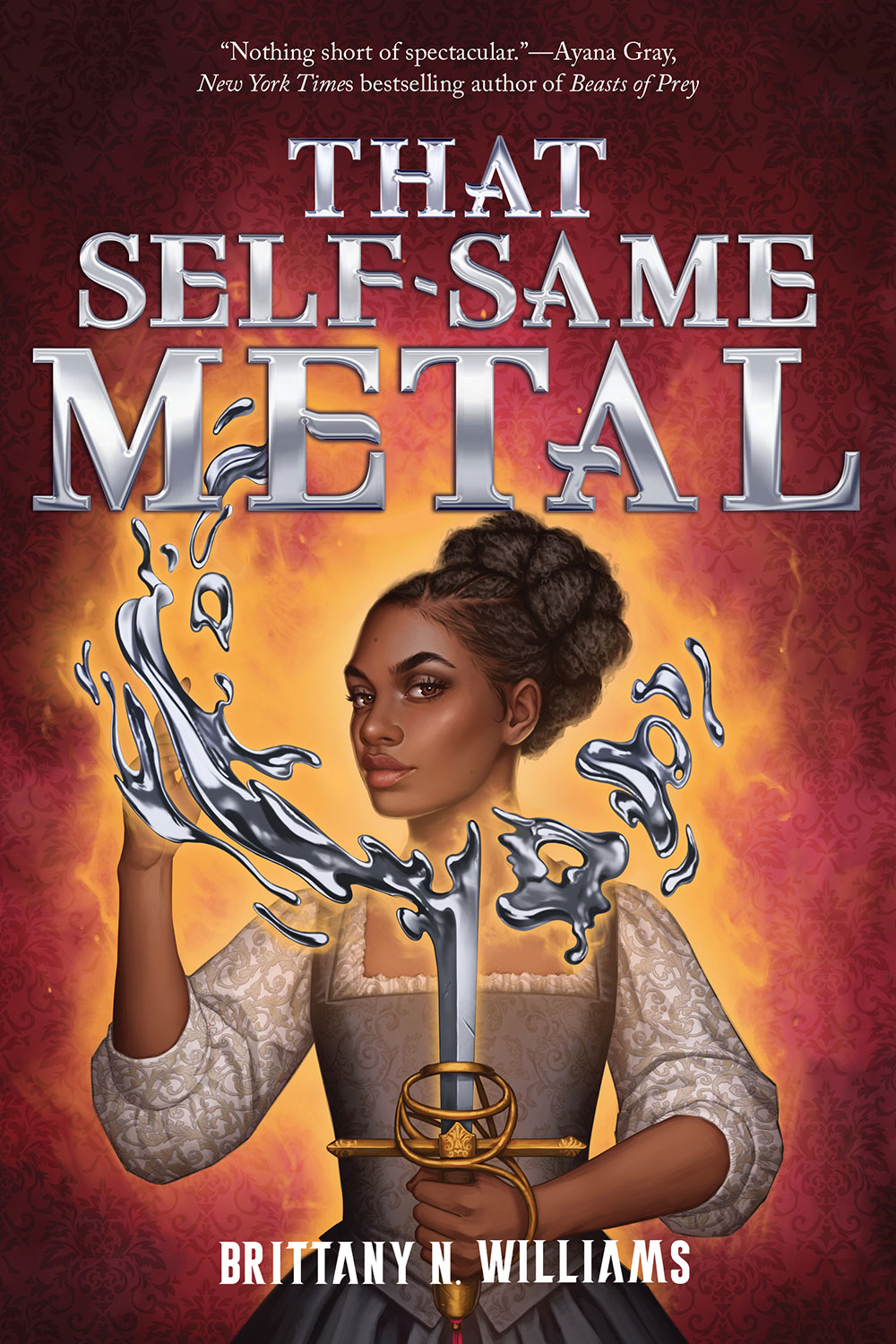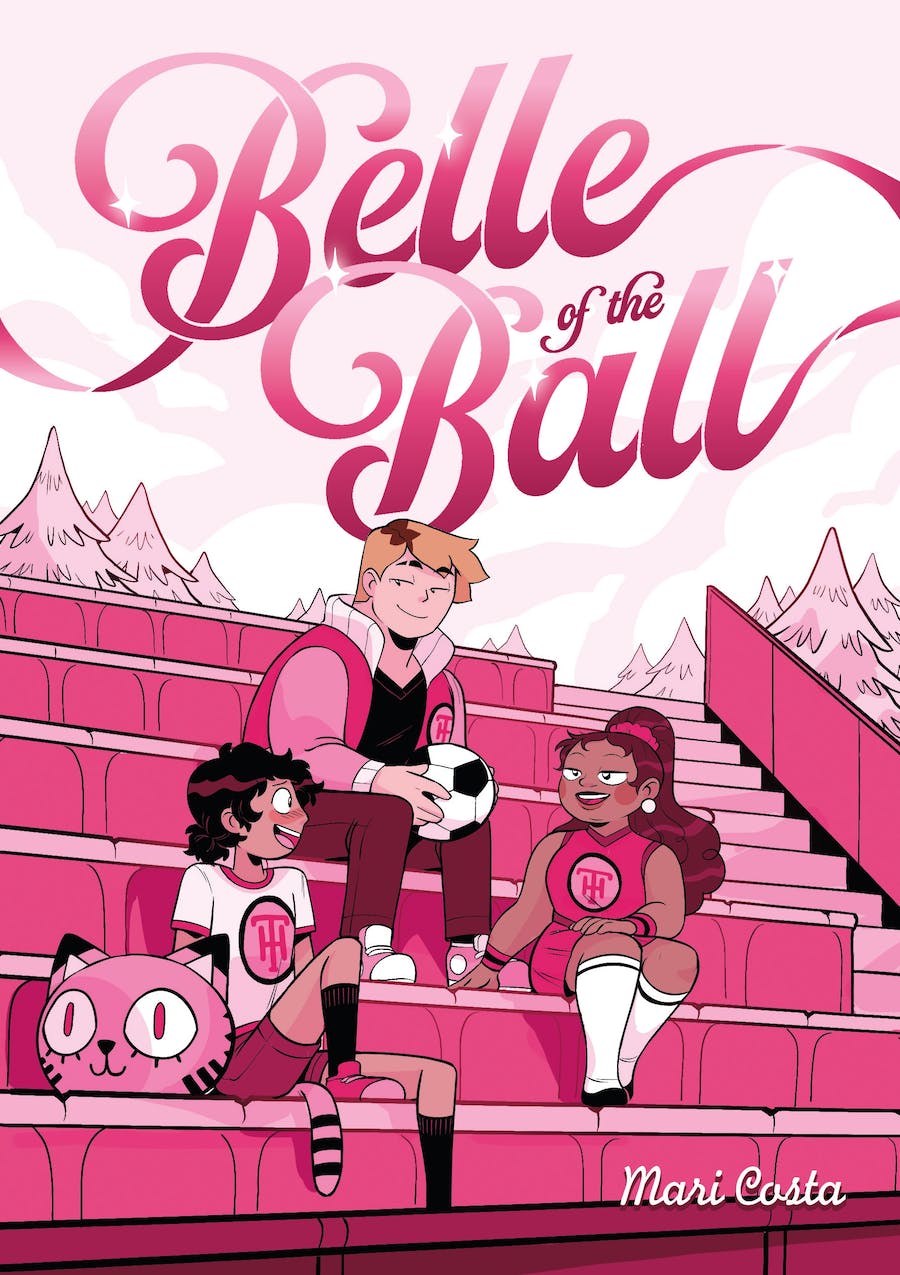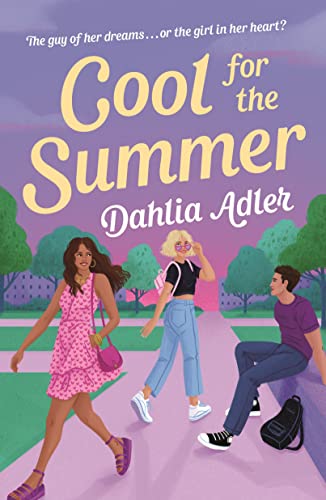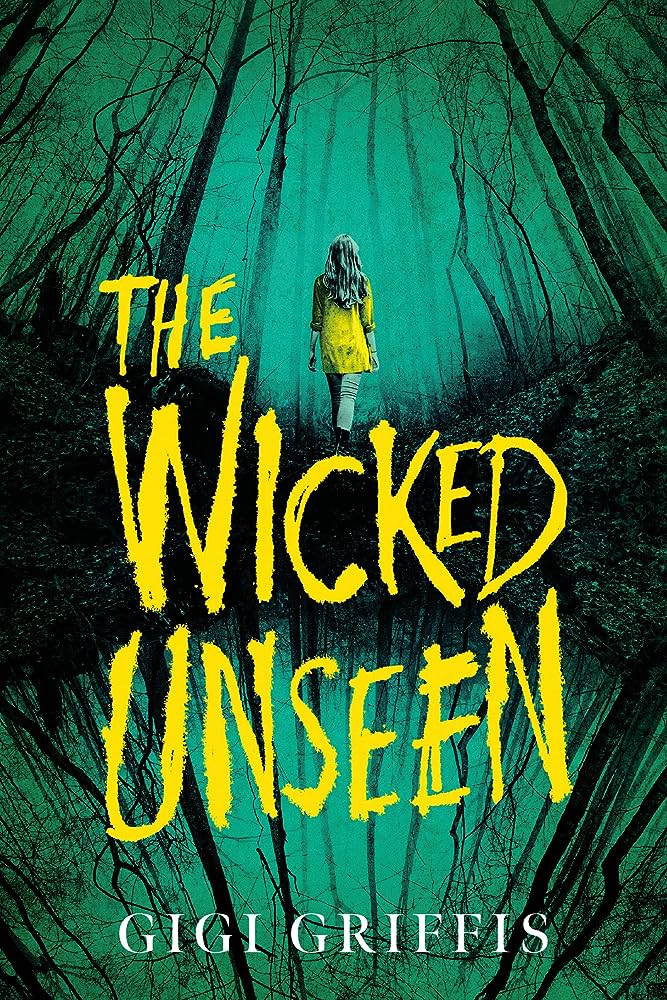Bookshop.org Affiliate Link In her acknowledgements at the end of Godslayers, the second book of her Gearbreakers duology, Zoe Hana Mikuta writes, “Okay. So. I’ve been incredibly mean to my characters.” She is spot on. Eris, Sona, and the rest of the cast go through so much in this book. There’s psychological terror, disfigurement, death of close friends, andRead More
The Claustrophobia of Grief: Where Echoes Die by Courtney Gould
Bookshop.org Affiliate Link Grief is one of the most popular themes explored within the horror genre. From TV, to film, to literature, death is one of the human experiences that vexes us the most, and people use art and media to grapple with the aspects of our existence that are completely out of our control.Read More
The Loosely Medieval YA Romcom of My Dreams: Gwen and Art are Not in Love by Lex Croucher
Bookshop.org Affiliate Link Gwen and Art are Not in Love by Lex Croucher is not an Arthurian retelling, nor is it particularly converned with historical accuracy. What it is instead is a queer YA romcom set in a Camelot that is slightly obsessed with King Arthur several hundred years after his death, starring a princessRead More
Shakespeare, Fae, and Orisha: That Self-Same Metal by Brittany N. Williams
Bookshop.org Affiliate Link At the age of sixteen, Joan Sands possesses exceptional craftsmanship skills that she employs to create and maintain the stage blades for The King’s Men, a theatrical troupe led by William Shakespeare. Joan’s remarkable blade-crafting ability is rooted in her magical power to manipulate metal, bestowed upon her by her guiding deity,Read More
A Quiet & Queer YA Horror Story: A Guide to the Dark by Meriam Metoui
Bookshop.org Affiliate Link Mira and Layla are trying to make their way to Chicago for the last leg of their college tour road trip when they’re stranded in a small town and forced to stay at the Wildwood Motel. To Layla, this is a minor setback while she’s more focused on figuring out her confusingRead More
Culinary Combat School: Cooking With Monsters by Jordan Alsaqa & Vivian Truong
Bookshop.org Affiliate Link Recently, I read and loved Basil and Oregano by Melissa Capriglione, a sapphic YA graphic novel set at a magiculinary school. I am delighted to say that Cooking with Monsters—one of my most-anticipated books of the year—is also a sapphic YA graphic novel set at a fantasy cooking school. In this case,Read More
A Hilarious and Sweet High School Love Triangle: Belle of the Ball by Mari Costa
Bookshop.org Affiliate Link In the graphic novel Belle of the Ball, Brazilian author and illustrator Mari Costa treats us to a charming, sweet, and funny story of a high school love triangle between a nerdy wallflower, a charming jock, and an overly driven cheerleader. When Belle Hawkins (who goes by her last name), school mascotRead More
A Sapphic, Filipino Horror Comedy: Damned If You Do by Alex Brown
Bookshop.org Affiliate Link Filled with imagery and stories from Filipino folklore, Damned If You Do follows high school stage manager Cordelia Scott, as she prepares to put on the annual school play, struggles with passing her classes and imagining a future for herself, and tries to push down her not-so-subtle crush on her childhood best friend, Veronica.Read More
Sweet Summer Bi Vibes: Cool for the Summer by Dahlia Adler
Bookshop.org Affiliate Link “Just because you’re telling a good story doesn’t mean it’s the right story. And I think it’s really important to tell the right story.” For three years of high school, Larissa had extreme heart-eyes for Chase Harding; the sweet, popular, football star any girl would die to date. After returning from summerRead More
A Cult in the Woods—Or Worse? The Wicked Unseen by Gigi Griffis
Bookshop.org Affiliate Link Audre doesn’t fit well in the conservative small town to which she’s moved. She’s from New York City. She’s a lesbian. She’s a determined skeptic. And she’s the daughter of an occult researcher and a mortician. So when the preacher’s daughter, Elle, disappears, suspicion falls on Audre’s family. She works to findRead More
- « Previous Page
- 1
- …
- 7
- 8
- 9
- 10
- 11
- …
- 38
- Next Page »



